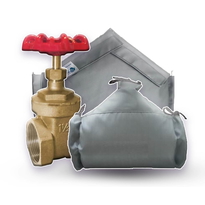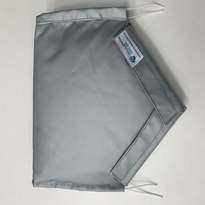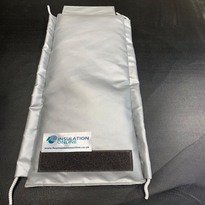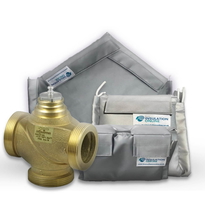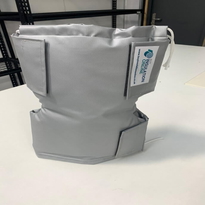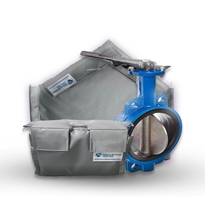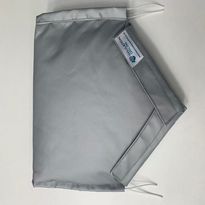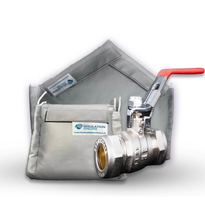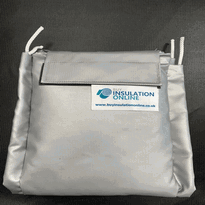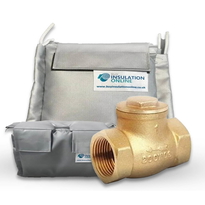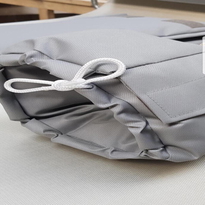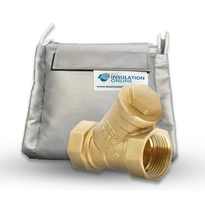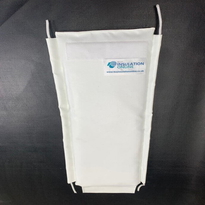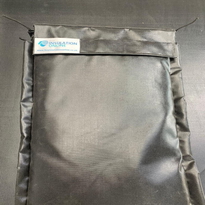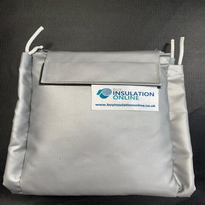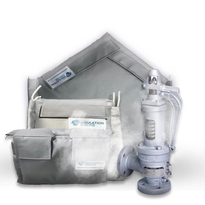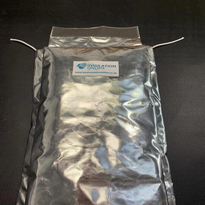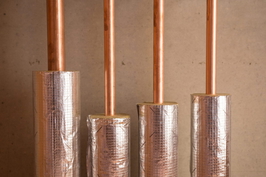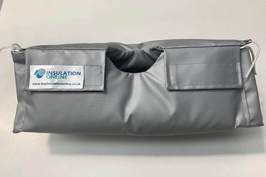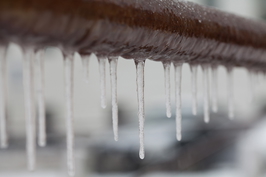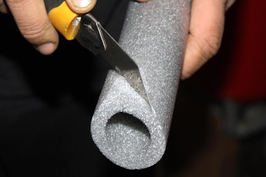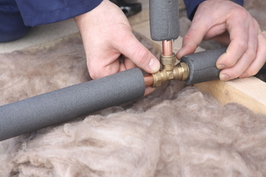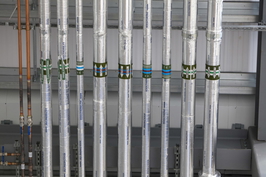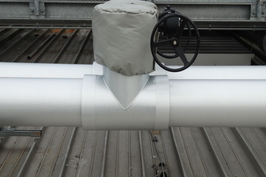Insulated Sprinkler Valve Cover
Insulated sprinkler valve covers are designed to safeguard irrigation components from freezing temperatures, providing effective thermal insulation and protection against cold air and moisture. This helps to minimize the risk of damage and costly repairs during colder months. These covers are available in various types, such as ASSE Class 1, 2, and 3, and are constructed from durable, weather-resistant materials suitable for the UK's climate.
Proper installation of insulated sprinkler valve covers involves carefully measuring the size of the valve assembly, cutting the insulation to the appropriate length and width, and securely attaching the cover to ensure a tight seal. Using suitable fasteners or clips will help keep the cover firmly in place, preventing accidental dislodgement. Regular maintenance checks are recommended to confirm the covers remain in good condition and continue to offer effective protection.
Continued exploration of insulated sprinkler valve covers can provide valuable guidance on selecting the right type, installing them correctly, and maintaining their functionality over time. Implementing these best practices helps ensure your irrigation system remains operational throughout the colder seasons, saving you from potential damage and expensive repairs.
Benefits of Using Insulated Covers for Sprinkler Valves
Insulated covers for sprinkler valves provide an effective solution for protecting irrigation systems from cold weather damage, which can be both costly and disruptive. These covers help create a controlled microenvironment around the valves, preventing freezing conditions that can cause cracks, leaks, or even complete system failure. Community platforms like this often include helpful resources for irrigation maintenance. Properly insulated covers minimize the risk of freeze-thaw damage by safeguarding vital components such as backflow preventers and valves, thereby reducing the need for frequent repairs or replacements. Additionally, these covers act as physical barriers against moisture and cold air, ensuring the valve’s functionality is maintained during harsh winter conditions. This not only extends the lifespan of irrigation equipment but also enhances overall system reliability. Using insulated covers also simplifies the winterization process, allowing users to prepare their irrigation systems effectively without the need for complicated procedures. Furthermore, employing weather-resistant materials in cover construction improves durability and performance during prolonged exposure to harsh weather. In the long term, insulated covers support system efficiency by preventing water wastage caused by frozen, leaking valves, contributing to more sustainable water management practices. They're a practical and beneficial addition for safeguarding irrigation systems throughout the colder months.
Types and Features of Insulated Sprinkler Valve Covers
There are various types of insulated sprinkler valve covers designed to meet specific protection needs, offering distinct features to guarantee reliable operation during cold weather. These include ASSE Class 1, Class 2, and Class 3 covers, as well as insulated pouches and DIY solutions, all manufactured from durable materials suitable for UK conditions. Choosing the right type depends on the severity of winter conditions and the specific requirements of the sprinkler system. Each type features unique characteristics such as impact resistance, lockability, waterproofing, or integrated heating options. Visual enhancements might include impact-resistant outer shells with locking mechanisms to prevent tampering, thermal insulation with aluminum foil and foam to minimize heat loss, waterproof seals to prevent moisture ingress, and connections compatible with drainage systems. These features collectively shield valuable sprinklers and backflow preventers from freezing, physical damage, and vandalism, ensuring system integrity and continuous operation throughout the winter months. Proper insulation also reduces energy loss, preserving system efficiency and preventing costly repairs. Tailoring the choice of cover to specific environmental conditions and budget considerations helps maintain effective sprinkler system functioning, even in the coldest UK climates.
Installation Tips and Maintenance for Insulated Covers
Proper installation of insulated sprinkler valve covers begins with thorough preparation. This includes selecting suitable materials such as foam pipe insulation, insulation tape, and a protective plastic cover for the valve box. Accurate measurement and cutting of the insulation ensure a snug fit over pipes and the valve assembly, reducing the risk of cold air entry. Using insulated materials effectively prevents water in the valve chamber from freezing during colder months. Wrap the foam insulation tightly around pipes and the backflow preventer, securing it with tape or staples to maintain a continuous barrier. During colder weather, additional insulation or temporary covers like rags or towels offer extra freeze protection. It is also important to choose insulation with appropriate thermal conductivity to maximize energy efficiency and protect the system effectively. Regular maintenance involves inspecting the insulation for damage, removing debris, and reinforcing or replacing worn materials as needed. Proper storage of insulation during the off-season helps preserve its effectiveness, ensuring the system remains protected throughout the year.
Conclusion
Insulated sprinkler valve covers provide crucial protection against freezing temperatures, helping to prevent damage and ensure reliable operation. Selecting the appropriate type and features according to local climate conditions, along with correct installation and regular maintenance, can significantly extend the lifespan of sprinkler systems. Implementing these measures enables users to reduce repair costs and avoid system failures during cold weather periods. Careful consideration and adherence to recommended practices ensure that sprinkler valves remain functional and durable even under harsh environmental conditions.









